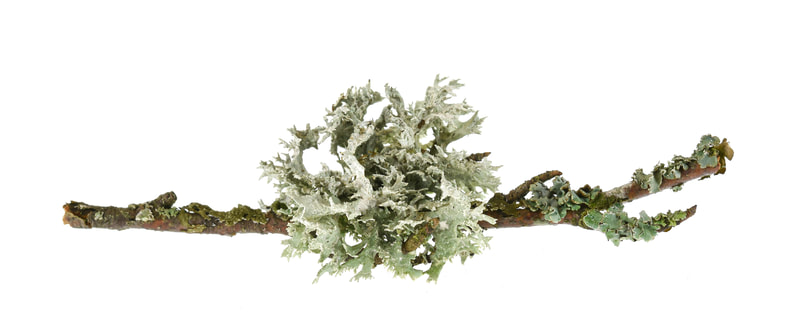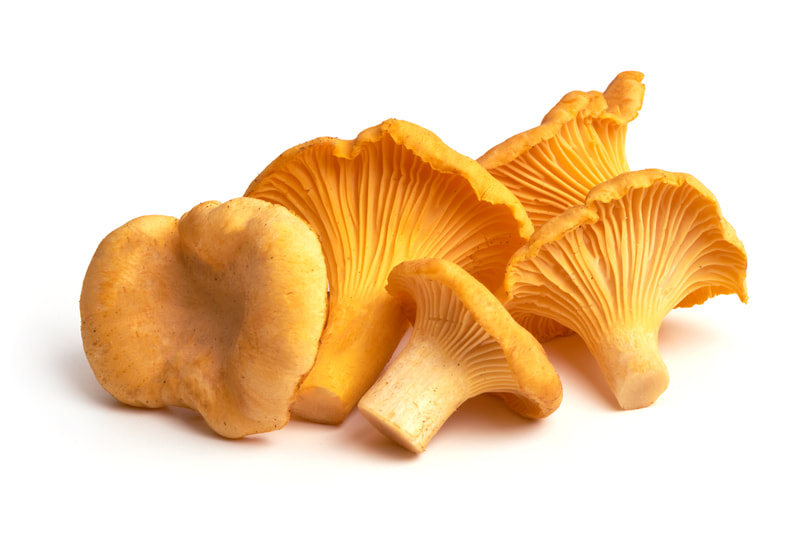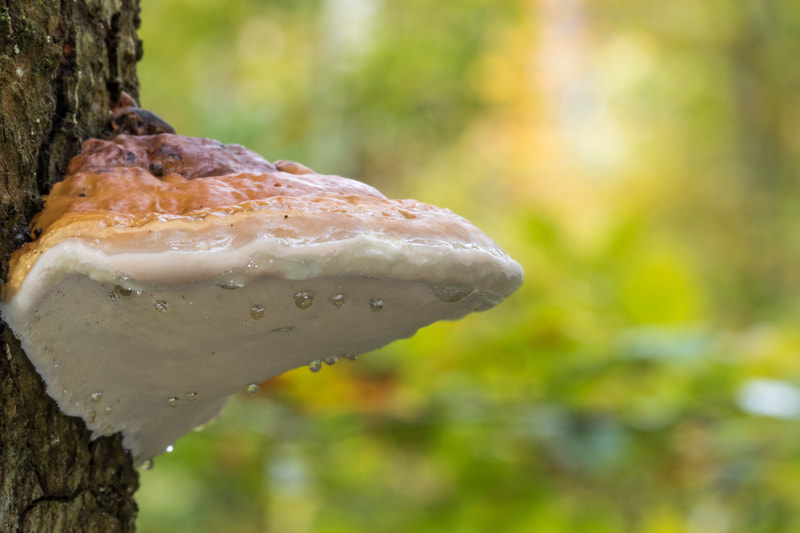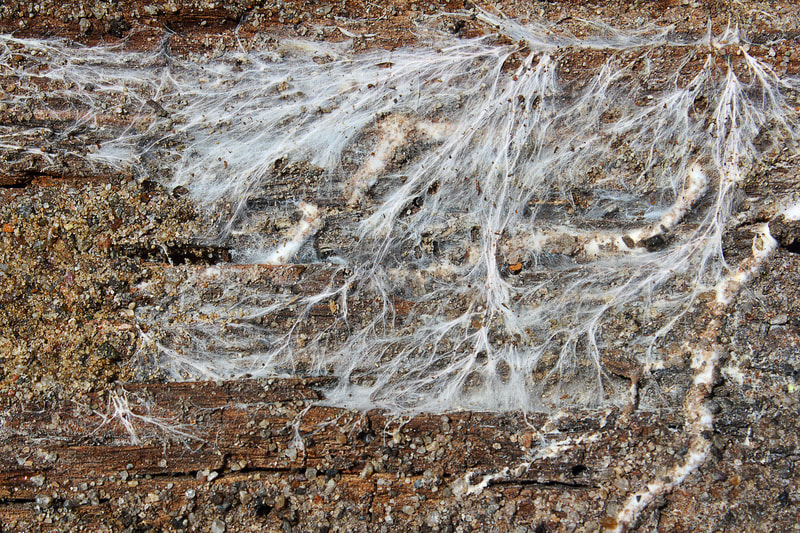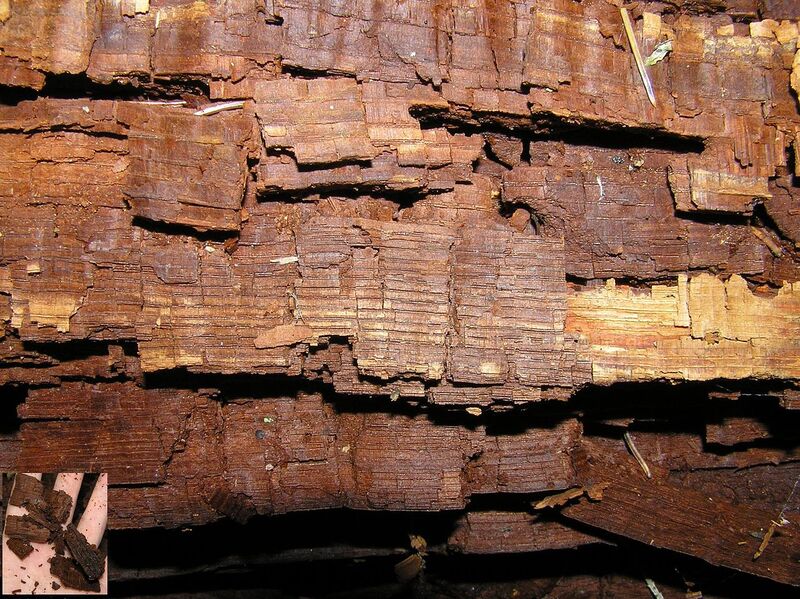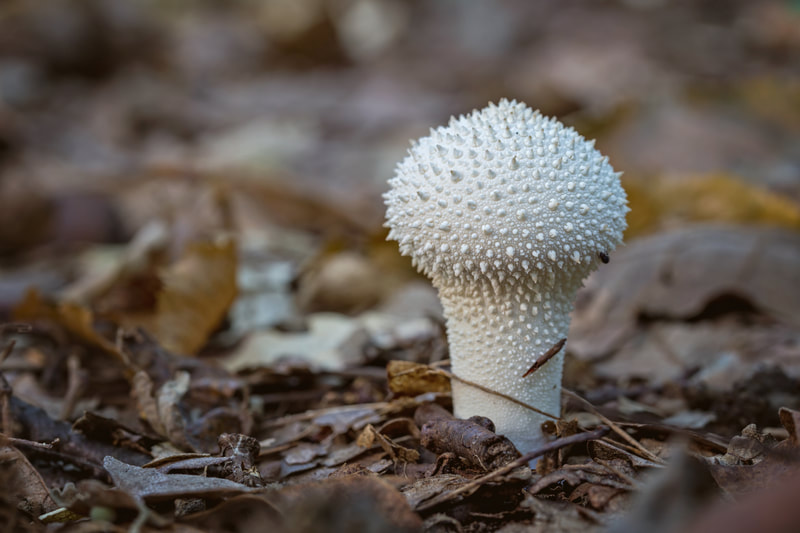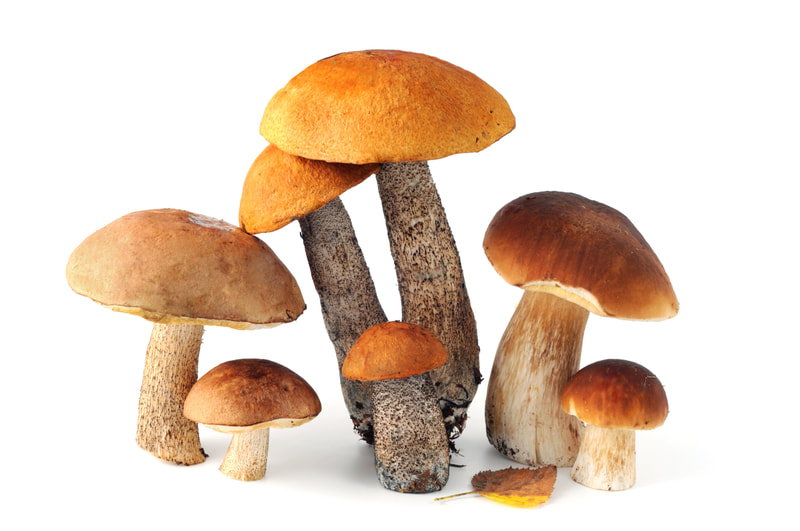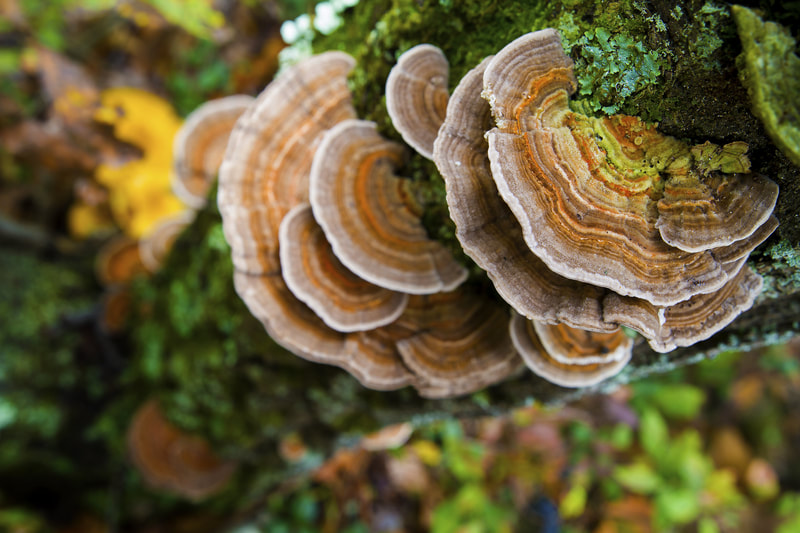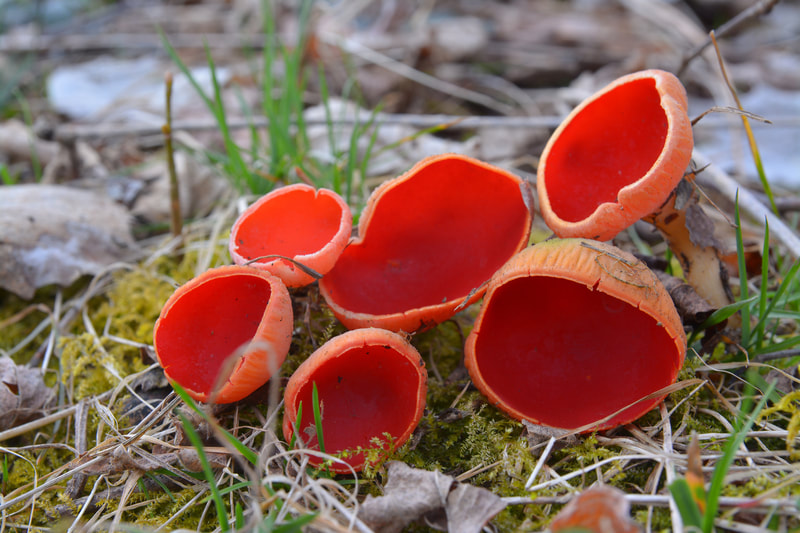Lesson Description
This lesson challenges learners to synthesize all of the previous lessons they have learned about fungi to cooperatively lead an interpretive hike to identify signs of fungi in the environment, including finding mushrooms, lichen, mycelium, and signs of brown rot and white rot. When collecting any mushrooms, learners will be challenged to identify the primary parts of the mushroom and demonstrate appropriate mushroom hunting techniques.
Associated Standards
|
K-2
CCSS.ELA-LITERACY.SL.2.2 Recount or describe key ideas or details from a text read aloud or information presented orally or through other media. CCSS.ELA-LITERACY.SL.2.3 Ask and answer questions about what a speaker says in order to clarify comprehension, gather additional information, or deepen understanding of a topic or issue. 2-LS4-1 Biological Evolution: Unity and Diversity Make observations of plants and animals to compare the diversity of life in different habitats. |
3-5
4LS1-1 From Molecules to Organisms: Structures and Processes CCSS.ELA-LITERACY.SL.3.1 (also SL.4.1, SL.5.1) Engage effectively in a range of collaborative discussions (one-on-one, in groups, and teacher-led) with diverse partners on grade 3 topics and texts, building on others' ideas and expressing their own clearly. CCSS.ELA-LITERACY.SL.3.3 Ask and answer questions about information from a speaker, offering appropriate elaboration and detail. |
6-8
CCSS.ELA-LITERACY.SL.6.2 Interpret information presented in diverse media and formats (e.g., visually, quantitatively, orally) and explain how it contributes to a topic, text, or issue under study. MS-LS2-5 Ecosystems: Interactions, Energy, and Dynamics Evaluate competing design solutions for maintaining biodiversity and ecosystem services. |
Essential Questions
|
Enduring Understandings
|
Learning Objectives
|
Materials
- Paper, notebook, or journal
- Writing utensils
- Magnifying glass or loupe
- Collection basket
- Knife (adult chaperone use only)
Lesson Instructions
- Preparation:
- Scout an outdoor area suitable for the hike that will present many different signs of fungi. Plan to point out some of these specimens to learners during the hike.
- Anticipatory Set:
- Have examples of different types or signs of fungi available for learners to examine prior to the start of the lesson. This should include:
- Lichen on wood
- Lichen on a rock
- Mushrooms (including a stalked mushroom and a polypore)
- Mycelium
- Brown rot affected wood
- White rot affected wood
- Ask learners what all of these objects have in common. They are all examples of fungi in the environment!
- Have examples of different types or signs of fungi available for learners to examine prior to the start of the lesson. This should include:
- Remind learners that fungi are extremely diverse in how they present themselves and survive in the wild. While we don't often think about fungi, there are signs of fungi all around if we just stop to look. Even if mushrooms aren't around, it is usually possible to find signs of fungi on rocks in the form of lichen (remember that lichen are composite organisms composed of algae and fungi), on wood in the form of mushrooms, rot, or lichen, on the ground in the form of mushrooms, and underground in the form of mycelium. Today everyone will take on the role of mycological detectives, and we will all be searching for as many signs of fungi as we can!
- Inform learners that today they will be going on a hike in which they will be responsible for recording their observations. Their goal is to record at least ten signs of fungi before the hike is over. When they discover a sign of fungi, they must share the finding with at least one other person or - if it is a particularly interesting finding - the whole group! Once the hike is over, learners will compare notes, share their findings, and discuss what they learned and what new questions they have about fungi.
- Option: You can choose to either allow learners to collect specimens or not, depending on the circumstance. If you choose to allow learners to collect specimens, ensure that they are using restraint, only collecting specimens where there are an abundance of specimens, and that they do not eat anything that they collect.
- Ensure that all learners have magnifying glasses or loupes so they can study specimens up close.
- Proceed with the hike. Occasionally stop and point out a different type of fungus and ask learners what they know about the fungus type. What type of fungus is it? What is it doing? What roles is it serving in the environment? Try to do this at least four or five times, especially if learners are struggling to find examples of fungi.
- After the hike, gather the group together in a circle. Present different types of fungi that were present on the hike and ask which learners saw examples of each type. Pick learners randomly to share details regarding the examples they found, what they noticed, and what new questions they have about fungi.
- Lead a conversation about why it is important to ensure that a wide diversity of fungi continue to live and thrive in the environment. Examples can include things like:
- Fungi help break down dead stuff that living things use for energy.
- Fungi are food.
- Fungi can store water.
- Fungi help plants find nutrients and water.
- Fungi help clean soil, water, and air.
- Follow up the conversation with a homework assignment that asks learners to think of three things they can do to help enhance the biodiversity of fungi either at their home or somewhere else where they spend time outside.
References
Our lesson plans utilize the backward design model presented by Understanding by Design by Grant Wiggins and Jay McTighe
Examples of Different Signs of Fungi


